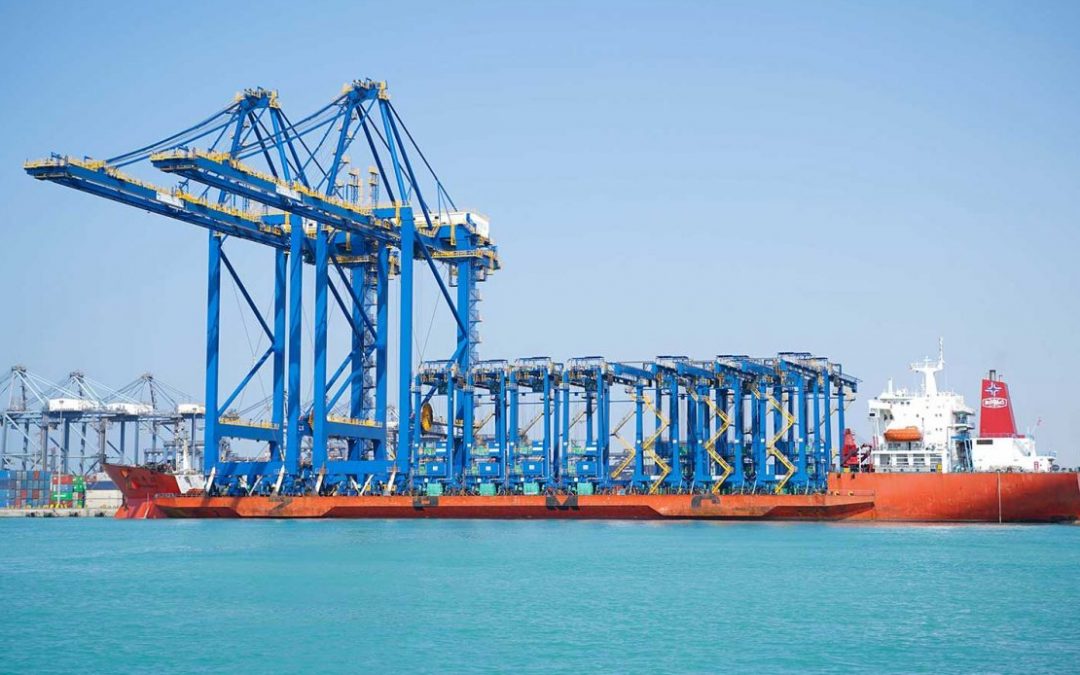The continuing disruption of shipping traffic transiting the Red Sea area looks set to boost vessel emissions as ships that are being rerouted away from the Suez Canal must take far longer journeys to key markets.
Recent attacks by Yemen-based Houthi forces on commercial ships in the region, followed by retaliatory strikes by U.S. and British warplanes, ships and submarines on Houthi bases, have raised concerns about widening conflicts in the region.
As a result, shipping firms are diverting a growing number of vessels from the Red Sea region, traditionally one of the world’s busiest trade routes, and sending them to their destinations via other channels.
Vessels carrying goods from Asia to Europe must now go around the southern tip of Africa rather than transit the Suez Canal, which can boost journey times by a third or more and result in a commensurate increase in fuel use and emissions.
CONTAINER GOODS IMPACTED MOST
All key types of ship traffic use the Suez Canal, which is historically the main trade artery linking Asia and Europe and the shortest shipping route between the two regions.
However, container vessels are likely to be the most affected by the route disruptions as there are few viable alternative sources of the goods and components they haul to consumer markets in Europe.
Firms that historically ferried crude oil, fuels, ores and agricultural goods through the Suez to Europe can potentially source replacement volumes of those fungible commodities from alternative producers, and thereby avert needing to re-route all cargoes via longer routes.
But shippers of finished and semi-finished goods, including electronic components, clothing, furniture and gym equipment, are reliant on producers that are often exclusively based in Asia, and so have no choice but to take the long way round to Europe’s consumer hubs.
The impact of the diversion away from the Suez Canal on container journeys can be significant.
A vessel travelling from Shenzhen in southern China, which is one of the world’s largest manufacturing hubs, to Europe’s largest container port, Rotterdam, historically needed around 31 days to travel the roughly 10,000 nautical miles via the Suez Canal, according to LSEG.
However, that journey distance jumps to more than 13,000 nautical miles, and at least 41 days, if the route is via southern Africa.
COST & EMISSIONS IMPACT
For shipping firms, the longer journeys can result in higher costs for vessel hire, fuel and manpower, and can often also lead to late fees for consumers that contracted deliveries by a certain date.
The longer distances also result in higher emissions for the journey, although the exact degree of the emissions change varies by vessel age and the fuel mix used.
For an average container vessel carrying 150,000 metric tons of cargo, the total estimated emissions for each journey from southern China to Rotterdam via the Suez Canal is around 41,000 tons of carbon dioxide (CO2), according to Pier2Pier.com, a freight calculations website used by transport professionals.
That emissions toll jumps to close to 55,000 tons when transiting via the southern tip of Africa, and so equates to roughly 14,000 tons more CO2 for each vessel that must take the longer route to Europe.
And as more than 20 container vessels have departed China for Rotterdam within the past 30 days, according to LSEG, the cumulative toll of the increased emissions is likely to have jumped by several hundred thousand tonnes just over the past month.
That toll could be even higher as several container vessels have increased their sailing speeds so far this year from the 2023 average, in part to make up time on the longer journeys.
The average speed of large container vessels so far in 2024 is just over 16 knots, according to LSEG.
That compares to an average of 15.19 knots for 2023 as a whole, and represents a roughly 5% rise in average sailing speeds this year.
As ships emit more pollution the faster they travel, any sustained rise in shipping speeds this year could result in an additional climb in pollution on top of that which is tied to the longer overall journey distances.
And any further increases in the number and types of vessels required to switch their routes from using the Suez Canal to transiting around southern Africa may push shipping emissions higher still.
Source: Hellenic Shipping News






